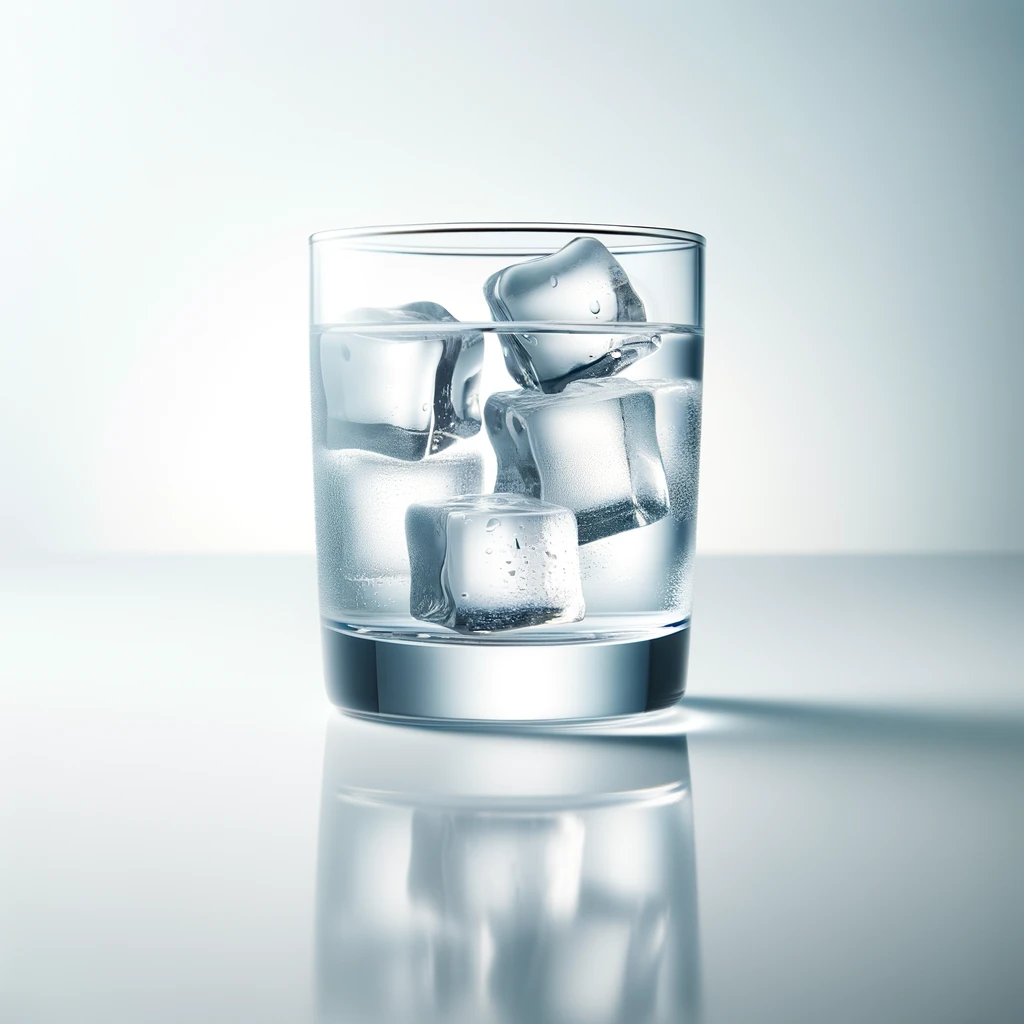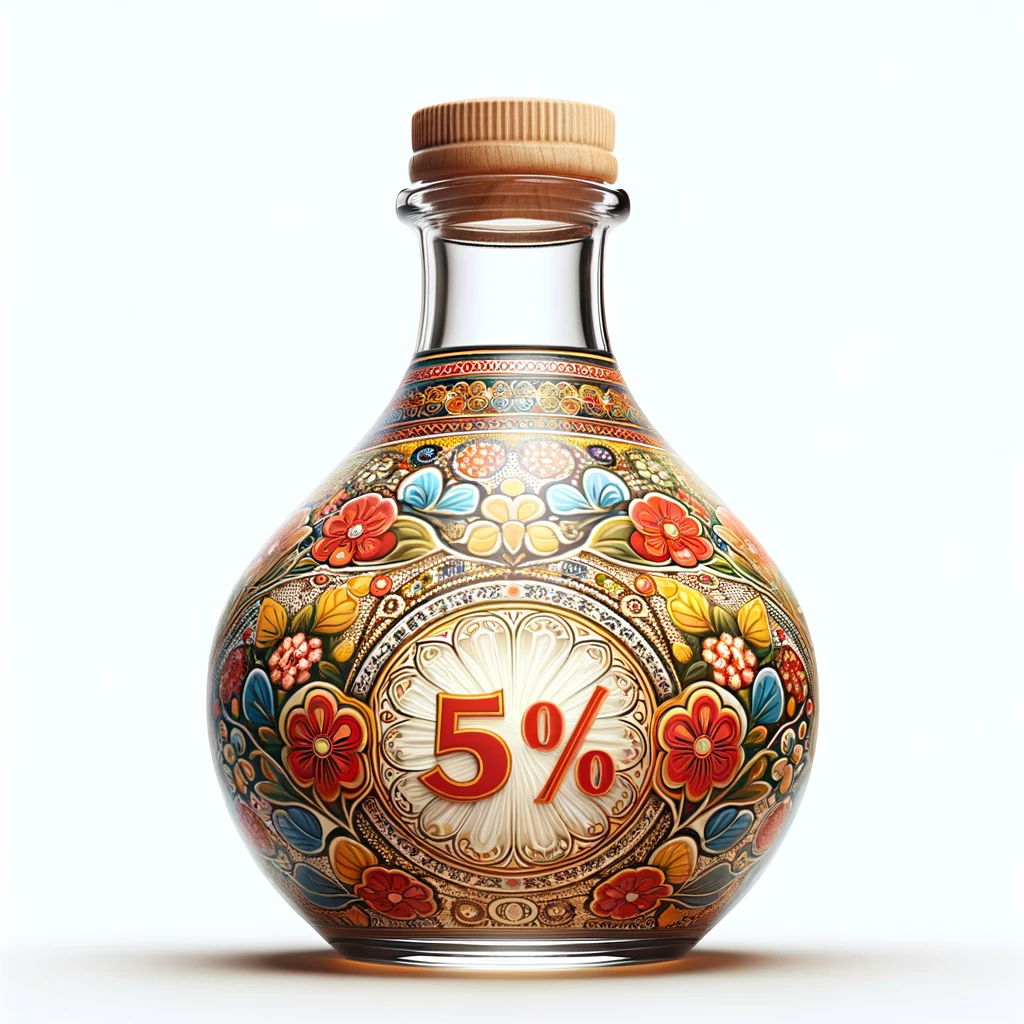Chef's Level
Recipes that Compliment:
-




 / 706
/ 706
-




 / 491
/ 491
Heavy Duty Oven Cleaner
Ingredients:
| Qty | Unit | Ingredient | ||
|---|---|---|---|---|
| 1 | cup | Ammonia |
Ammonia
Ammonia - pronounced 'uh-mohn-yuh, is a common and effective household cleaner, often found in solutions specially formulated for cleaning various surfaces.
Read more...
This chemical is particularly good at tackling tough grease and dirt on glass |
|
| 2 | cup | Water » boiling |
Water, the essence of life, is a transparent, tasteless, and odorless liquid that covers about 71% of the Earth's surface. Its neutral flavor allows other ingredients to shine while enhancing the overall texture
Read more...
|
|
| 1/2 | cup | Baking Soda |
Baking Soda
Baking Soda is also known as sodium bicarbonate and bicarbonate of soda. Its a leavening agent used in many baked goods, such as cookies, cakes and muffins.
Read more...
You can store baking soda unopened, at |
|
| 1 | cup | Vinegar |
5% table vinegar is a common, versatile vinegar with a mild acidic taste used in cooking, cleaning, and preserving. It lasts indefinitely if stored properly and is found in the condiment aisle in
Read more...
|
| Prep Time | Process Time | Overall Time |
|---|---|---|
| 20 Minutes | 2 Hours | 2 hours 20 minutes |
Directions:
1. Turn your oven on to 200°F. Allow it to heat for 15 minutes, then turn off the oven and keep the door closed to contain the heat.
2. Pour the 1/2 cup ammonia into a shallow baking pan. Place this pan on the top shelf of the oven.
3. In another shallow pan, pour 2 cups of boiling water. Place this on the bottom shelf of the oven.
4. Close the oven door and leave both pans inside for at least 2 hours, or for better results, leave them overnight.
5. After the sitting period, carefully remove both pans from the oven and dispose of the contents safely.
6. In a bowl, mix the remaining ammonia with 1/2 cup of baking soda and 1 cup of white vinegar to form a paste.
7. Using gloves to protect your hands, spread the paste evenly over the interior surfaces with a heavy cloth or rag.
8. Allow the paste to sit on the surfaces for about 15 minutes.
9. Use a sponge or steel wool to scrub the oven's interior.
10. Wipe the surfaces clean with a damp cloth to remove any leftover paste.
11. For persistent spots, additional applications of the paste may be necessary.
Submitted by Kagar K. | June 14th, 2024 See all of Kagar K.'s Recipes.
Filed Under:
- Miscellaneous
- Make Your Own
- Ammonia
- Bake
- Easy
- Everyday
- House Cleaner
- Made with 4 Ingredients
- Comments
Tested and True
If your honey has crystallized or is too thick, place the honey container in a bowl of warm water for a few minutes to loosen it up without losing its natural properties. This gentle method returns honey to its smooth texture, making it easy to pour or spread and enjoy.
Tell me more...


